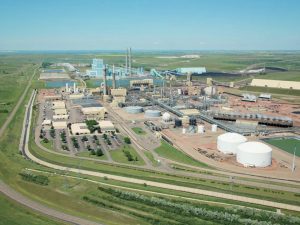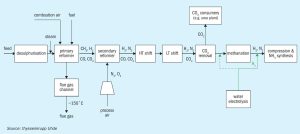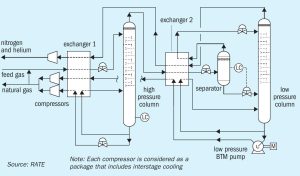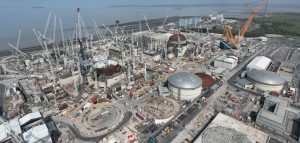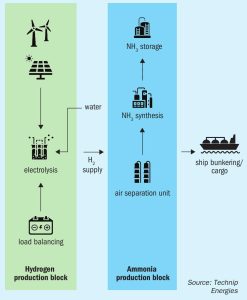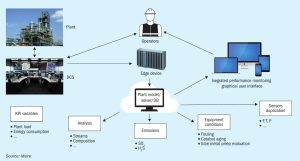Press Release: Johnson Matthey technology
Johnson Matthey technology selected for one of the largest planned e-methanol plants in Europe Reolum project represents the fifth win contributing to JM’s strategic milestone of 20 sustainable technologies project wins by the end of 2025/26 JM has won 15 major energy transition projects since 1st April 2022 Sustainable energy project to operate in region […]

